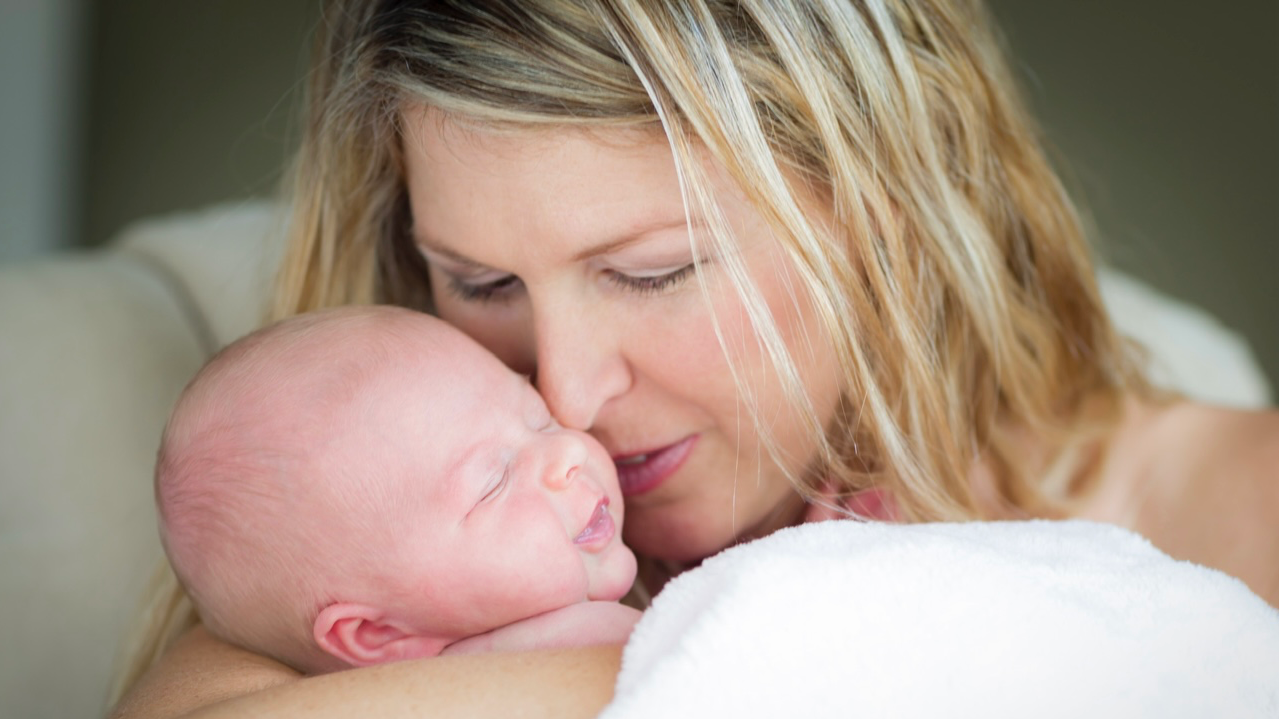C-Section Recovery Tips: A Comprehensive Guide for New Moms
Bringing a new life into the world is a joyous and transformative experience. For some women, a cesarean section, commonly known as a C-section, may be necessary for the safe delivery of their baby. While a C-section is a major surgical procedure, with proper care and attention, the recovery process can be smooth and manageable. In this article, we will provide you with a comprehensive guide of C-section recovery tips to help new moms navigate this postpartum period with confidence.
1. Take It Easy and Rest:
One of the most crucial aspects of C-section recovery is allowing your body to rest and heal. Remember that a C-section is a major abdominal surgery, and your body needs time to recover. Take it easy during the first few weeks after the procedure. Avoid heavy lifting, strenuous activities, and household chores that may strain your incision site. Delegate tasks to family members or ask for help when needed.
2. Follow Your Doctor’s Instructions:
Your healthcare provider will provide you with specific instructions regarding wound care, medication, and physical activity. It is essential to follow these instructions diligently. Keep the incision site clean and dry, and change dressings as directed. Take prescribed pain medication as needed and report any unusual symptoms or concerns to your healthcare provider promptly.
3. Support Your Incision:
To minimize discomfort and promote healing, it is helpful to provide support to your incision site. Some women find it beneficial to wear a postpartum belly band or wrap to provide gentle compression and support to the abdominal area. These garments can also help improve posture and reduce strain on the incision site.
4. Manage Pain and Discomfort:
Pain and discomfort are common during the initial stages of C-section recovery. Your healthcare provider may prescribe pain medication to help manage the discomfort. Take the medication as directed and communicate any concerns or side effects to your healthcare provider. Additionally, applying a warm compress to the incision area or taking warm baths can provide relief.
5. Optimize Your Nutrition:
Proper nutrition plays a crucial role in the healing process. Focus on consuming a well-balanced diet that includes lean proteins, whole grains, fruits, and vegetables. Adequate hydration is also essential for optimal recovery. Consider incorporating foods rich in fiber to prevent constipation, a common issue after a C-section. If necessary, discuss with your healthcare provider about taking any recommended supplements to support your recovery.
6. Gradual Increase in Physical Activity:
While it is important to rest during the initial weeks after a C-section, gradually increasing your physical activity can aid in the recovery process. Begin with gentle walks around the house or short strolls outside, gradually increasing the duration and intensity as advised by your healthcare provider. Listen to your body and stop any activity that causes pain or discomfort.
7. Practice Proper Wound Care:
Caring for your incision site is vital to prevent infection and promote healing. Keep the area clean and dry by gently washing it with mild soap and water. Pat the incision dry with a clean towel or let it air dry. Avoid applying any creams, lotions, or powders unless specifically recommended by your healthcare provider. If you notice any signs of infection, such as redness, swelling, or discharge, contact your healthcare provider immediately.
8. Emotional Support:
The postpartum period can be emotionally challenging for new moms, regardless of the mode of delivery. It is essential to prioritize emotional well-being and seek support when needed. Surround yourself with a strong support system of loved ones who can offer assistance and understanding. Consider joining support groups or seeking professional help if you are experiencing postpartum mood disorders or struggling with the recovery process emotionally.
9. Bonding with Your Baby:
Although a C-section may require additional recovery time and physical limitations, it should not hinder the bonding experience with your baby. Find ways to engage in skin-to-skin contact, breastfeeding, and nurturing activities that promote the mother-baby bond. Seek assistance from your healthcare provider or a lactation consultant if you encounter any challenges with breastfeeding.
10. Patience and Self-Compassion:
Recovering from a C-section takes time, and every woman’s journey is unique. It is essential to be patient with yourself and practice self-compassion throughout the recovery process. Allow yourself to rest, heal, and adjust to your new role as a mother. Celebrate small victories and seek support when needed.
In conclusion, C-section recovery requires proper care, patience, and self-compassion. By following these C-section recovery tips, new moms can navigate this postpartum period with confidence and ease. Remember to prioritize rest, follow your healthcare provider’s instructions, and seek support when needed. With time, your body will heal, and you will be able to fully enjoy the precious moments of motherhood.









